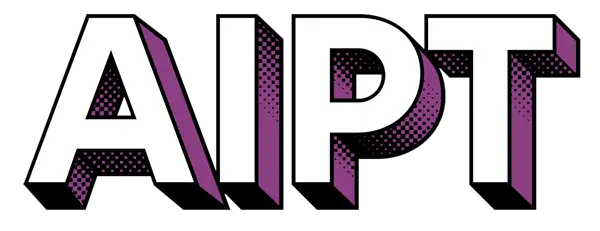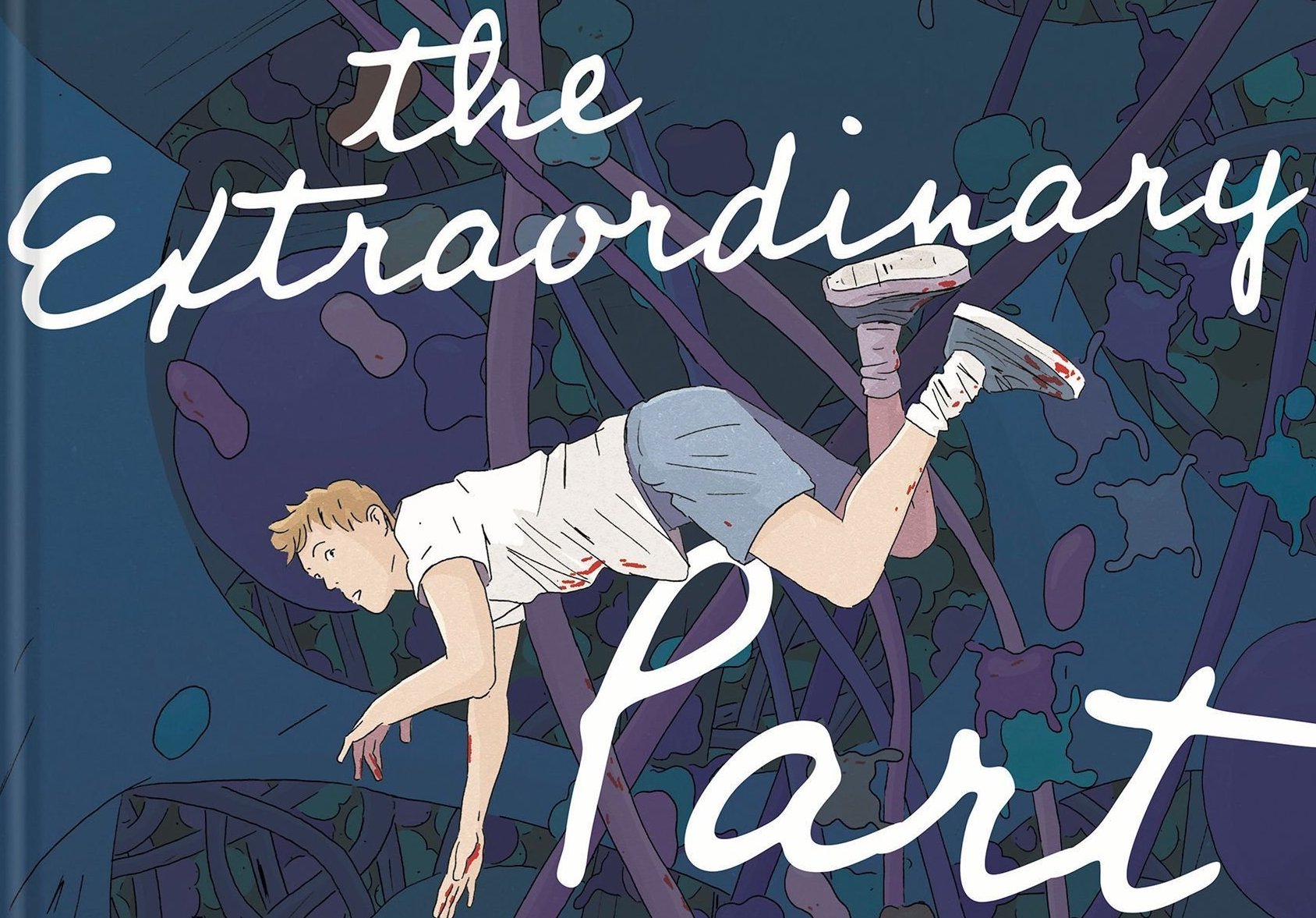After the sudden and unexplained appearance of fantastic new lifeforms known as whols, the world has haltingly begun to adapt to a new normal. That normal, however, includes some rather distressing caveats.
In Florent Ruppert and Jérôme Mulot’s The Extraordinary Part, the French cartooning duo create a compellingly layered examination of youth in cultural revolt. Told with quiet nuance, the book may nonetheless speak volumes to contemporary protest culture worldwide. It does this by tightly focusing on its protagonist, Orsay, who is undergoing the eye-opening experiences of young adulthood.

A child of the countryside, Orsay begins our story with a sort of calm, rural sense of duty. The whols—massive biological masses of myriad shapes and colors—float about the fields, occasionally blocking traffic in the way grazing cattle might, and Orsay deals with them in the calm way any farming community youth might: patiently.

The whols are generally peaceful, seemingly oblivious to the world unless threatened, and react violently to water. After some kids provoke one to violence, Orsay turns a garden hose on it and, in the resulting explosion, is mutated. His hands become as fluid and pliable as the whol itself. Orsay is forced, suddenly, to travel to the city for medical expertise. In doing so, he experiences a sexual, political, and cultural awakening.
Orsay’s journey is uniquely intimate, if tight-lipped. Despite being thrown into extreme situations—police riots, casual sex, crime and murder, and, of course, mutation—Orsay maintains that farm-bred calm. As the world around him becomes confrontational about its reality, he plays things close to his chest. He is neutral amongst very real chaos.

That chaos obliquely reflects our own reality. The whols are at risk—especially in the high traffic, rigid cities—in much the same way our own wildlife is at risk. Biologists speculate that between .01 and .1 of all species go extinct each year, which means a terrifying 200 to 2,000 creatures are wiped from existence. Urban wildlife is in constant conflict with humanity, and our own tragic and misguided constructions further compound the danger to animals by obscuring migration routes and eradicating ecosystems.
Ecological protesters, in The Extraordinary Part, are likewise at risk—though, of course, they’re at the hands of a reactive and overtly violent police force. This is an ongoing and escalating reality worldwide; occasionally, it’s the civilians under attack that have to de-escalate the violence directed at them.

Using these chilling and heartbreaking real-world concerns as the backdrop of Orsay’s cultural awakening might mirror the experiences of many young revolutionaries on the frontline going through their own awakenings. Orsay’s quiet, neutral state makes him the perfect avatar on which readers can project themselves.
If the reader accepts the fantastic as a metaphor, The Extraordinary Part: Book One: Orsay’s Hands might just be an accurate diary entry of today’s cultural reality–as distressing as it might be.
Join the AIPT Patreon
Want to take our relationship to the next level? Become a patron today to gain access to exclusive perks, such as:
- ❌ Remove all ads on the website
- 💬 Join our Discord community, where we chat about the latest news and releases from everything we cover on AIPT
- 📗 Access to our monthly book club
- 📦 Get a physical trade paperback shipped to you every month
- 💥 And more!














You must be logged in to post a comment.